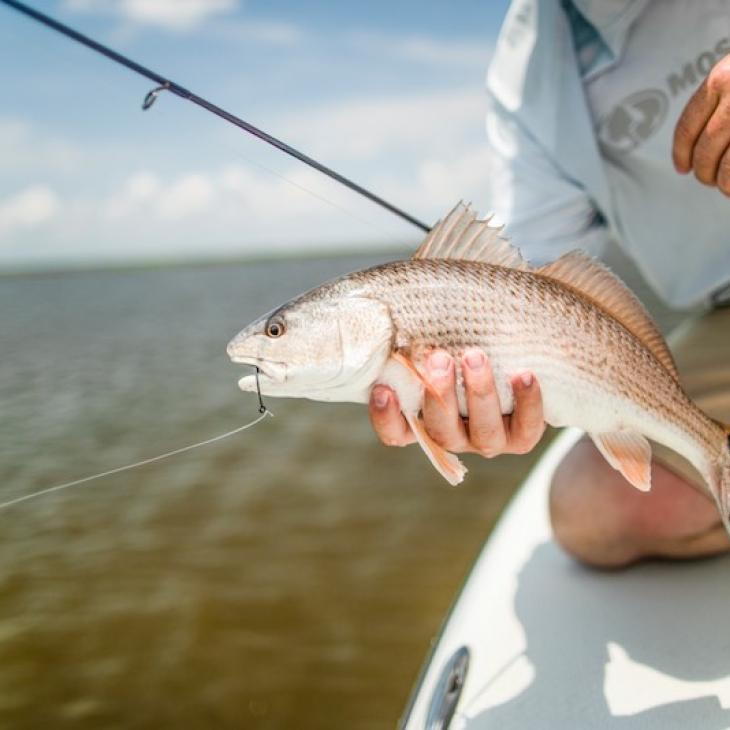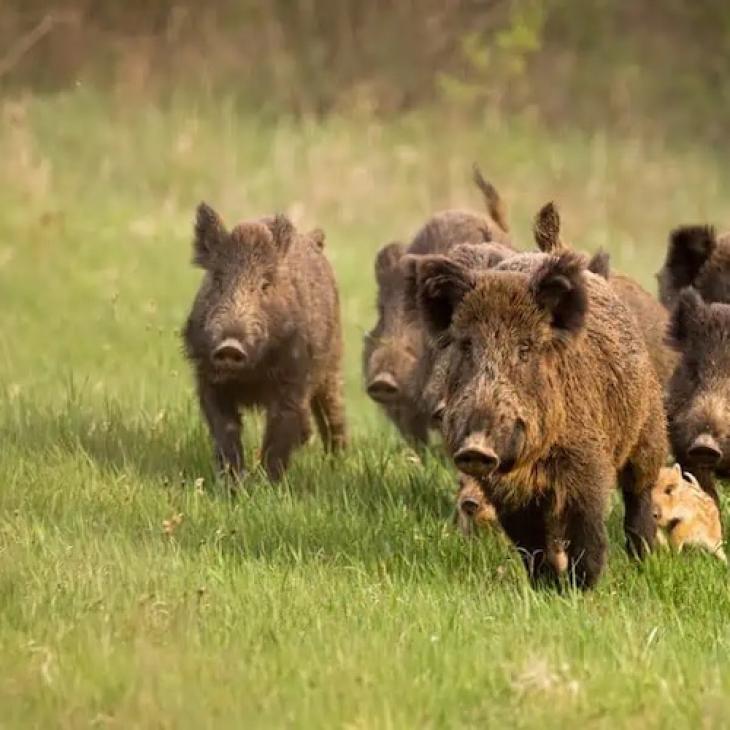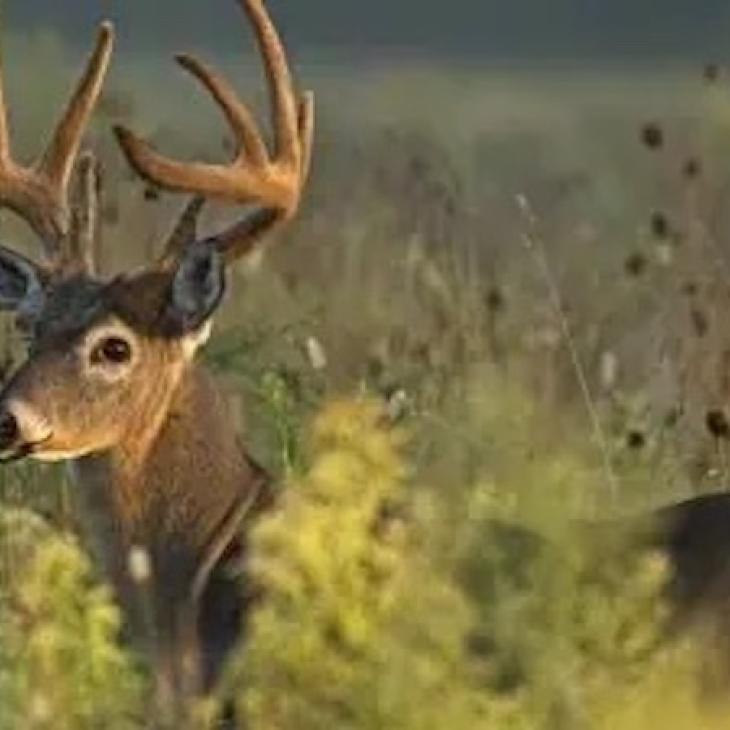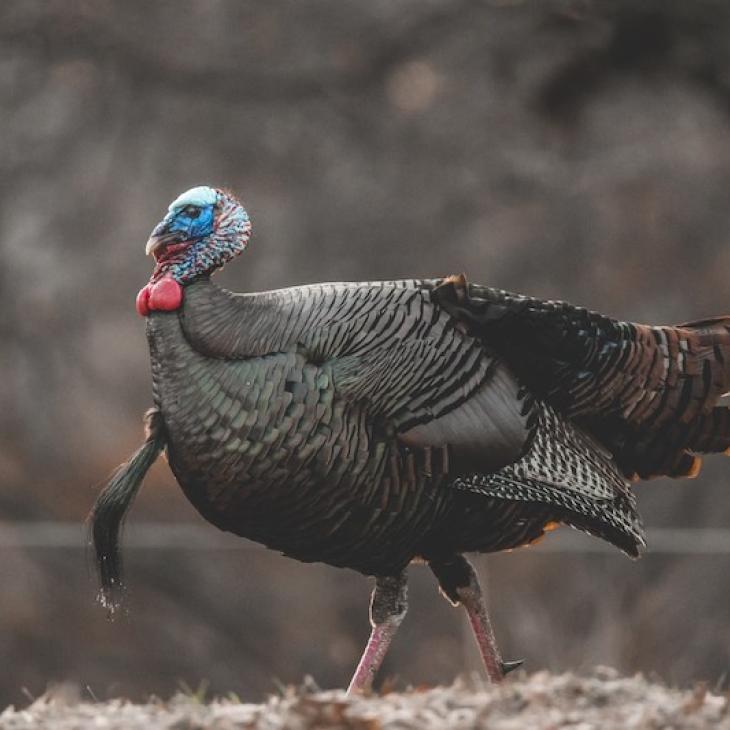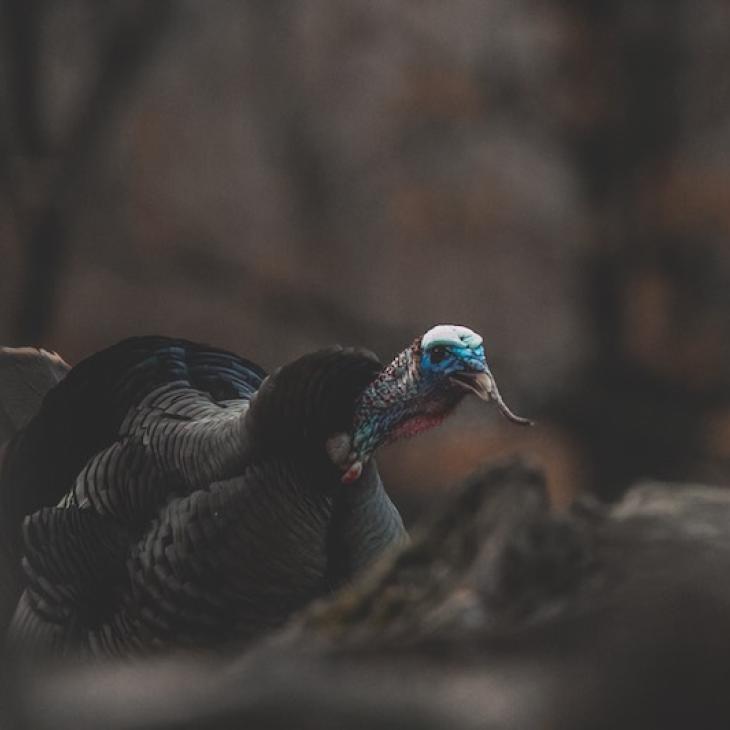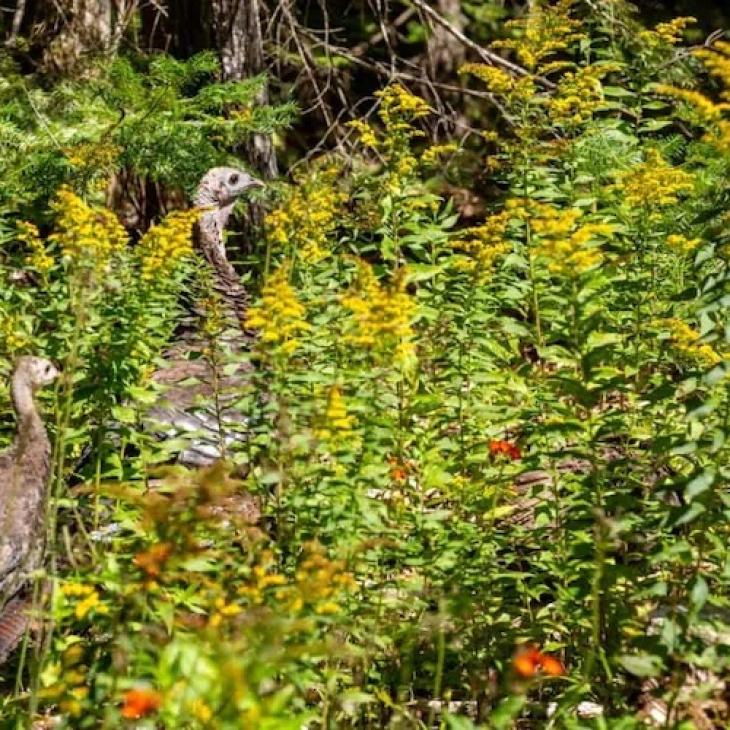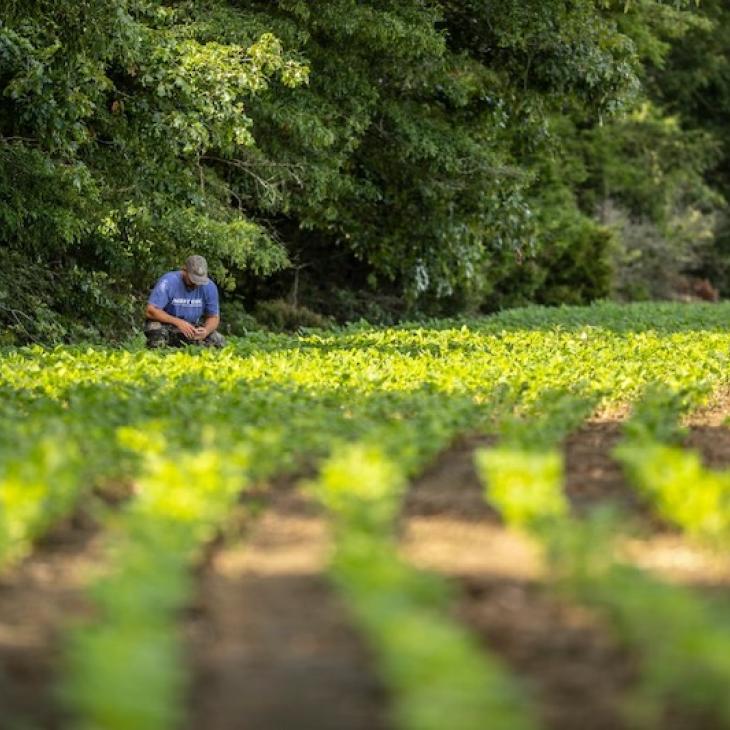TOP RED DRUM FISHING IN THE SOUTH
No matter if you call them redfish, red drum, channel bass or any one of a handful of local nicknames, Sciaenops ocellatus is a favorite gamefish for nearly all anglers fishing in the salty inshore waters of the South. They’re even the saltwater gamefish of North Carolina, thanks to their incredible popularity in the Old North State. Reds are usually aggressive and willing to attack a wide variety of artificial lures—including topwaters—as well as a slew of natural baits as well. They fight hard


